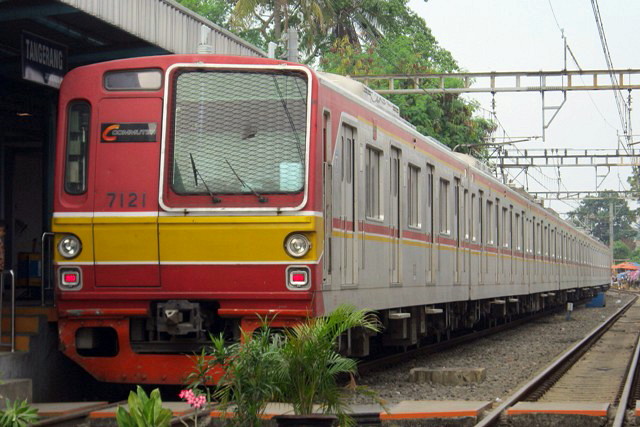Asahidake Aerial Tramway
Daisetsuzan (heavy snowfall mountain) is located in the central part of Hokkaido Island. It is famous for the beautiful mountain scenery and rare creatures, and was designated as Japan's first national park in 1934.
Asahidake, the highest peak in Daisetsuzan, is 2,291 meters in height. It is one of the active volcanoes in the Chishima Volcanic Belt. To visit this unique geological area, Asahidake Aerial Tramway is convenient. It delivers passengers between the foot and the middle of the mountain in only 10 minutes.
The present tramway was opened in 2000 between Sanroku and Sugatami stations. The total line length is 2,360m and the height difference between the highest and lowest points of the route is 490m. It used to be a small sized tramway, but was changed to the large sized Swiss-made gondola in 2000, which can accommodate up to 101 passengers.
The area around the peak is a different world. It is very cool even in midsummer. It was 17 degrees Celsius when I visited there in early August. I could see the superb scenery of volcanic activities, such as fumaroles spraying steam into the air and emerald green colored crater lakes. I could smell the volcanic gas, which contained sulfur dioxide.
Apparently, it looks like the world of death, but actually not. We can also see the rare alpine flora such as Aleutian avens and small animals such as Ezo-shima-risu (Hokkaido striped squirrels) near the crater lakes.
Asahidake is an area where we can feel the living planet.
Asahidake, the highest peak in Daisetsuzan, is 2,291 meters in height. It is one of the active volcanoes in the Chishima Volcanic Belt. To visit this unique geological area, Asahidake Aerial Tramway is convenient. It delivers passengers between the foot and the middle of the mountain in only 10 minutes.
The present tramway was opened in 2000 between Sanroku and Sugatami stations. The total line length is 2,360m and the height difference between the highest and lowest points of the route is 490m. It used to be a small sized tramway, but was changed to the large sized Swiss-made gondola in 2000, which can accommodate up to 101 passengers.
The area around the peak is a different world. It is very cool even in midsummer. It was 17 degrees Celsius when I visited there in early August. I could see the superb scenery of volcanic activities, such as fumaroles spraying steam into the air and emerald green colored crater lakes. I could smell the volcanic gas, which contained sulfur dioxide.
Apparently, it looks like the world of death, but actually not. We can also see the rare alpine flora such as Aleutian avens and small animals such as Ezo-shima-risu (Hokkaido striped squirrels) near the crater lakes.
Asahidake is an area where we can feel the living planet.
Crater lake (Sugatami-no-ike) and fumaroles near Sugatami Station, Asahidake Aerial Tramway
More information about Asahidake Aerial Tramway (in Japanese): http://www.wakasaresort.com/asahidakeropeway/





